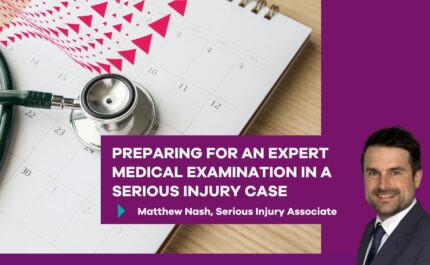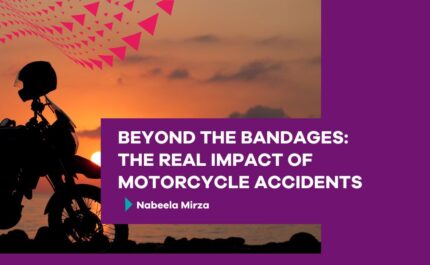
Vulnerable road users (VRUs) are described by organisations and road safety groups as anyone who is ‘more vulnerable to road traffic accidents than those inside – and protected by – a vehicle’. Anyone who is not in a vehicle with a protective cage, like a car, motorhome or lorry, is technically less protected in the event of an accident and considered vulnerable. Some examples of VRUs are pedestrians, cyclists, motorcyclists, moped riders and horse riders.
In one sense or another, we are all vulnerable road users at some point in time. If you’ve ever been on a bike ride, ridden on the back of a friend’s motorcycle or scooter, walked down the street or even crossed a road, you are or have been a VRU. You can also be considered vulnerable by capability; for example children are more likely to misjudge speeds and are easily distracted and the elderly may be less mobile or have difficulty hearing or seeing approaching traffic.
Road safety organisations are continually campaigning to highlight the importance of being mindful of vulnerable road users. When in a vehicle, it’s easy for drivers to lose sense of how fast they’re going and how close they are to other vehicles, street furniture and VRUs. Drivers should also be conscious of the impact of breaking the speed limit and the potential difference in outcomes of an accident at 30mph compared to 40mph. Road safety consideration – including VRUs being considerate of drivers, when crossing the road for example – can help to reduce the number of preventable accidents on our roads.
This helpful factsheet from RoSPA explains what makes pedestrians, cyclists, motorcyclists and horse riders vulnerable road users, and what we can all do to help ensure their safety.



